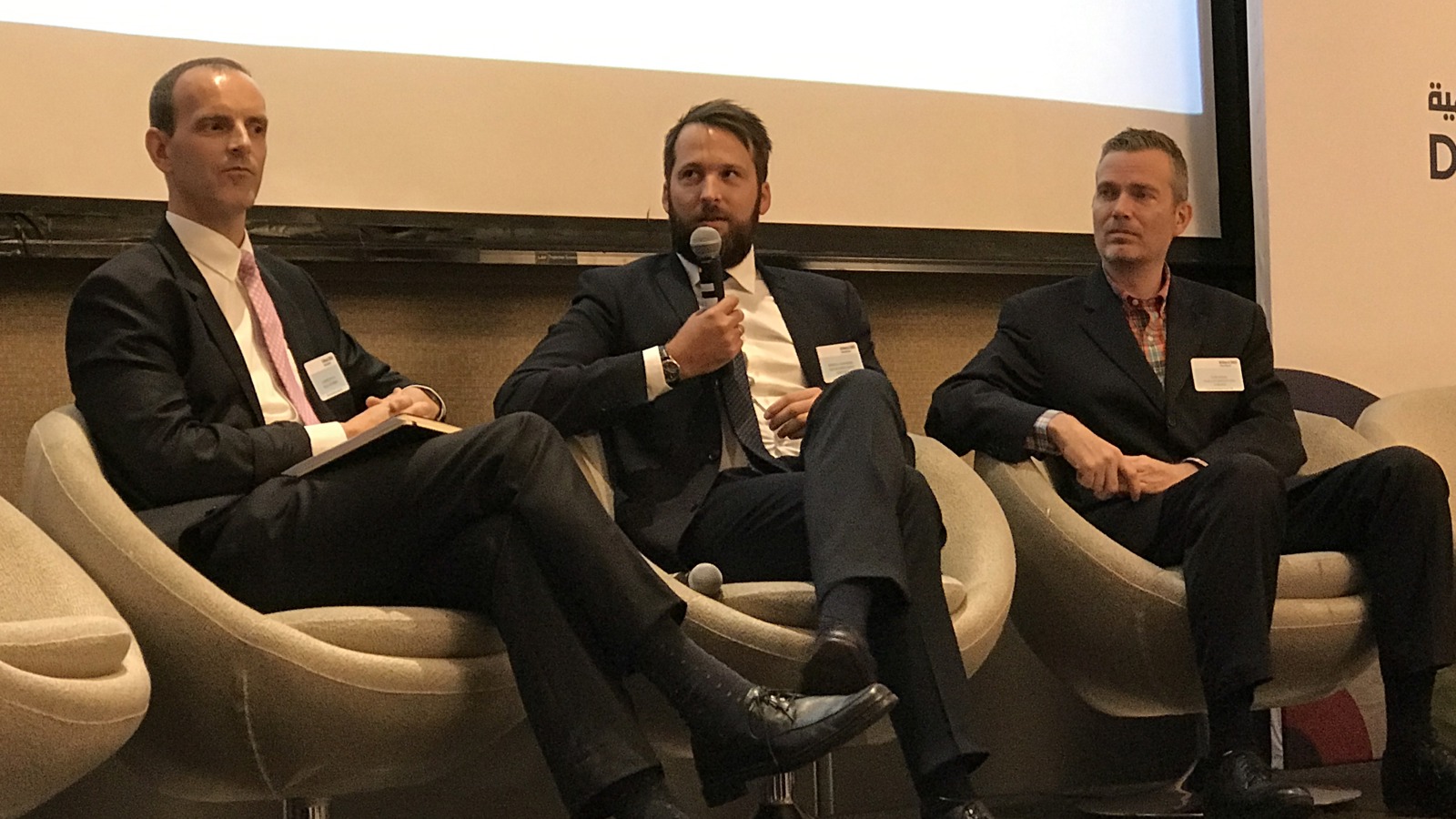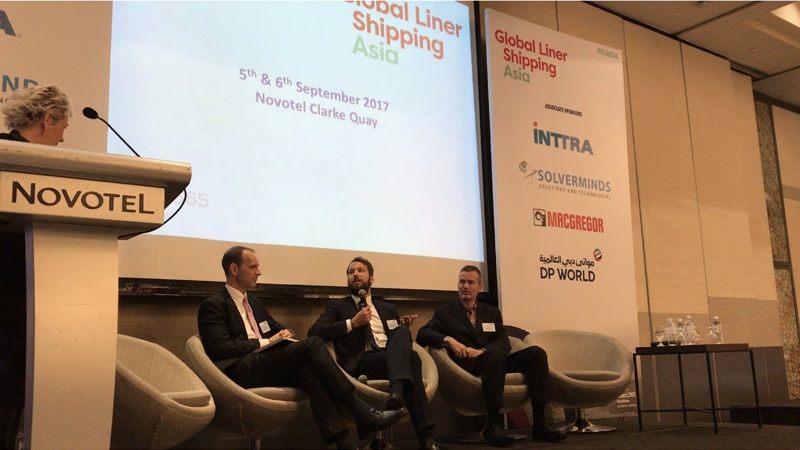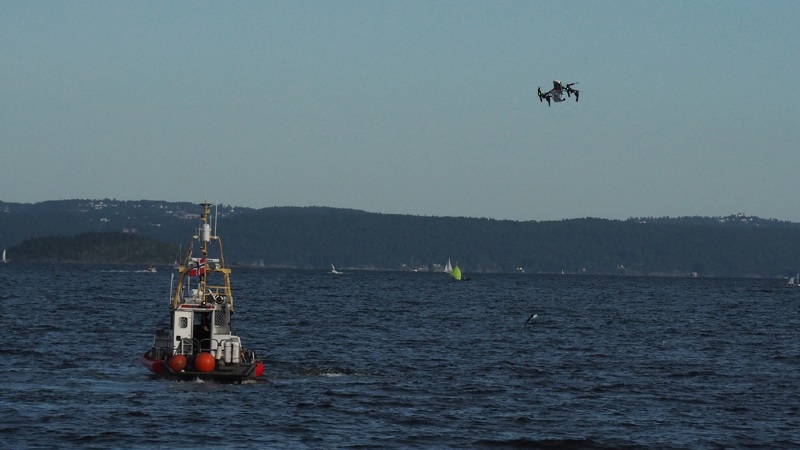Shipping 2030 Asia: The Innovation Imperative

威尔森观察
|
Danielle Hrin Kuek, Head of Marketing - Ships Agency

Key highlights
- Lack of global standardized regulations makes it expensive to innovate services and enjoy scalability.
- Building drones technically might be innovative, but they have no value to a service industry until we can overcome the regulatory barriers.
- It is the corporate responsibility, especially for bigger players in the maritime industry to innovate safely.
- Failure while trying to innovation is expected, but injury or the loss of life resulting from an innovation failure is unacceptable.
- Wilhelmsen Ships Agency recently moved its headquarters to Singapore.
- Singapore’s collaborative regulatory climate and its focus on innovation sparked the business decision to move Wilhelmsen Ships Agency to Singapore.
- A balanced, collaborative approach between organizations and regulators is vital for innovation.

Moderator (Adamson): At Wilhelmsen there is clearly an innovation engine going on, having seen Thomas fly drones around during Nor-Shipping. There is a perception that regulations stop innovation and we innovate to comply with regulations, rather than focusing on how we can actually improve something. What are your thoughts?
Lack of global standardized regulations makes it challenging and expensive to innovate, especially when it comes to ships agency services. In the context of drone delivery, this need to be localized to each port as opposed to a scalable standardized service.
Marius: Regulations can be a showstopper, but they also serve as a security net. For us, safety is a priority when it comes to our drone delivery service and the existing regulations offer us that support. However, regulations from both the aviation and maritime authorities can be a big obstacle when it comes to rolling out a drone delivery service globally, because the regulations are different in every country.
Building drones technically might be innovative, but they have no value to a service industry until we can overcome the regulatory barriers. Furthermore, the lack of global standardized regulations makes it expensive to innovate, especially when it comes to ships agency services. They need to be localized to each port, as opposed to a scalable standardized service.
It falls to larger industry players such as Wilhelmsen to take the lead on safety while innovating in order to protect both their employees and customers from accidents.
This means that for smaller startup companies, it becomes really difficult to enter into this service space, as the lead time taken from conceptualization to running a sustainable service is extremely long. For example, when we flew a commercial drone to simulate parcel delivery to a nearby pilot boat just outside our office during Nor Shipping, it was a six weeks approval process. This is despite the fact that the operator and the drone already had pre-approval to operate in Norway. That in itself took months of applications in order to get that, and even then – you only get a license for that particular drone.
Smaller companies tend to focus more on technological innovation, rather than safety since monetization is key to their survival. Therefore, it falls to larger industry players such as Wilhelmsen to take the lead on safety while innovating in order to protect both their employees and customers from accidents.

Wilhelmsen Ships Agency at Nor Shipping: Drone delivery of spare parts to a pilot boat
Adamson: Glad I asked about drones! It really lays bare the amount of time it takes to do something relatively simple.
Marius: Exactly. From a ship owner’s perspective, there are so many potential innovative use cases for a drone onboard a single vessel. But the problem is that as soon as you use it outside of the vessel it becomes heavily regulated and this varies from country to country. Hence, from a single vessel point of view, you would need to obtain regulatory approval everywhere in the world where you sail that vessel in order to be able to use that drone.
Adamson: I know you are quite focused on innovation – does that identification of failure as the key ingredient resonate with you? Are you, as an organization comfortable with failure?
Part of competing means failing sometimes - it is about doing it better the next time and reconfiguring it to fulfil the criteria more effectively, but injury or the loss of life resulting from an innovation failure is totally unacceptable.
Marius: Like everyone else, we would prefer succeeding! But sometimes part of competing means failing. It boils down to what you define as failure. For example, in the drone project we are running at the moment, there are several use cases we are evaluating i.e. parcel delivery to vessel, cargo hold inspections, draft surveys using drone technology.
If it turns out that in the end, it isn’t more efficient, costs more money, has limited positive environmental impact, doesn’t increase the safety of the crew or surveyor - then in a way, it is a failure, which is totally fine. It is about doing it better the next time and reconfiguring it to fulfil the criteria more effectively. If, however, that drone crashes onto someone on the vessel and results in the loss of life, it is a BIG failure and is totally unacceptable.
Pulling this back to regulations, that’s why they are extremely important in these critical areas, whereas in other areas, they are an unnecessary obstacle. In the consumer industry, there tend to be a lot of regulations that are outdated and unnecessary in their current shape and form. For instance, limiting the number of private drivers in the city is more about protecting the business of taxi drivers – not because a private driver does not drive as well or safely as a taxi driver. However, from an aviation point of view, flying a drone needs to be regulated for safety reasons.
For innovation to succeed, there needs to be a balance between both organizations and regulators in how they collaborate. Regulators to be flexible enough to enforce regulations only in critical areas and organizations to step up to their corporate responsibility commitments, enforcing safety standards when innovating services.
Recently we did a reorganization in Wilhelmsen and decided that for Ships Agency, despite the fact that we run offices and handle vessels in more than 2000 ports globally - we will relocate our headquarters to Singapore.
There were two key reasons. One was the access to competence, the second was our cooperation with the Maritime Port Authority (MPA) in Singapore. Their interest in what we do, their passion for change and willingness to test new ideas was extremely important. I am not saying that ports elsewhere in the world are not focused on innovation, but I think it is on a different level here in Singapore than what you see elsewhere.
In conclusion, (particularly in the context of ships agency services) for innovation to succeed, there needs to be a balance between both organizations and regulators in how they collaborate when innovating services. Regulators must be flexible enough to enforce regulations only in critical areas and organizations need to step up to their corporate responsibility commitments, enforcing safety standards when innovating services.
Register your interest: Subscribe for updates
Be the first to know the latest developments in our drone delivery program.
